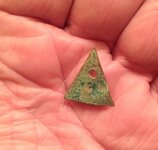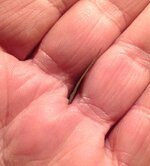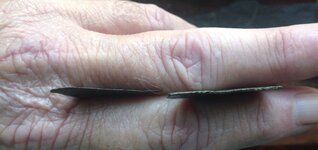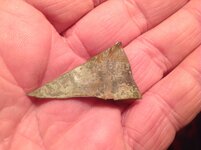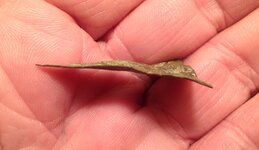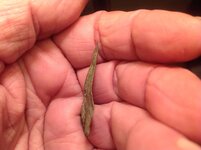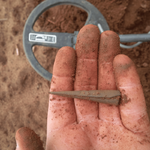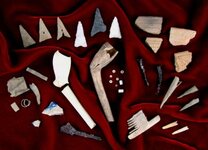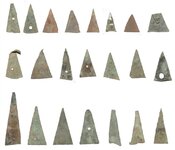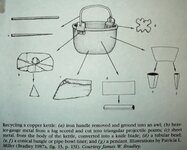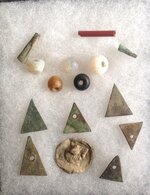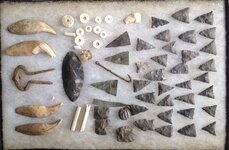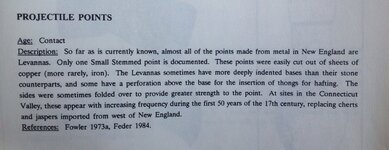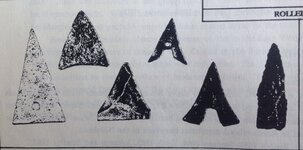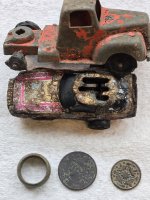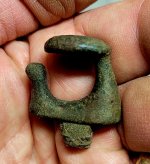-=METAL=-
Sr. Member
- Sep 13, 2013
- 294
- 183
- Detector(s) used
- Minelab E-Trac, Fisher F2
- Primary Interest:
- All Treasure Hunting
Hello everyone,
I found this at an old Native American camp site back in the summer time and never figured out what it was. Yesterday I posted it in the "What is it?" forum, and I was told it could be a sheet brass or copper arrowhead. Is there anyone here that could put in their two cents?
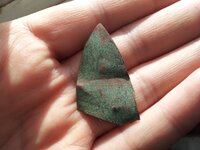
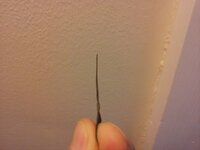
I found this at an old Native American camp site back in the summer time and never figured out what it was. Yesterday I posted it in the "What is it?" forum, and I was told it could be a sheet brass or copper arrowhead. Is there anyone here that could put in their two cents?


Last edited:
Upvote
0





